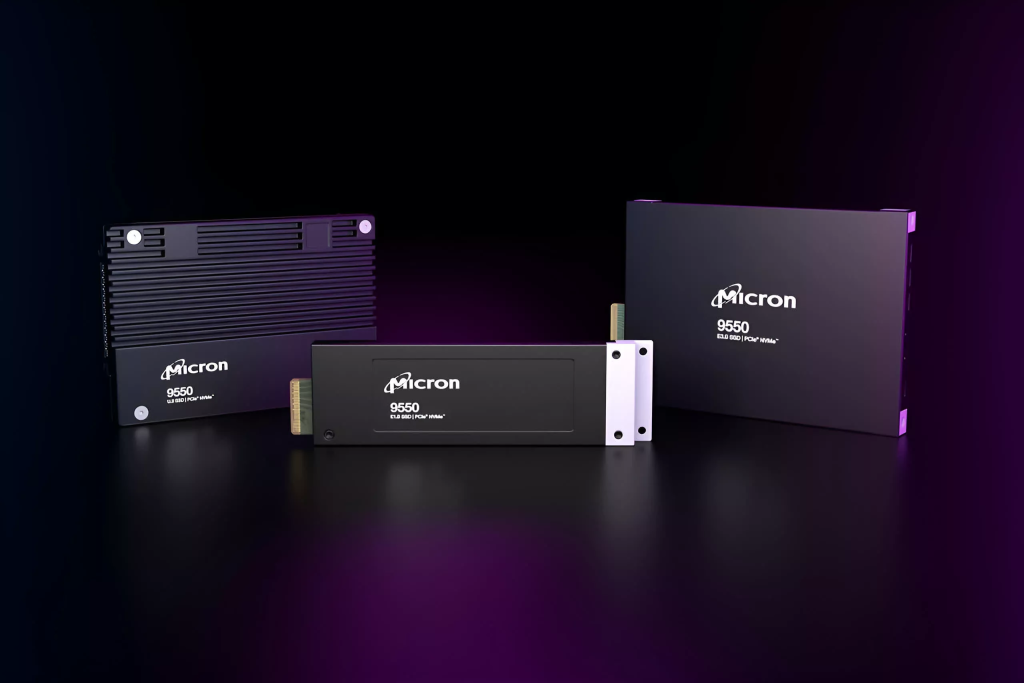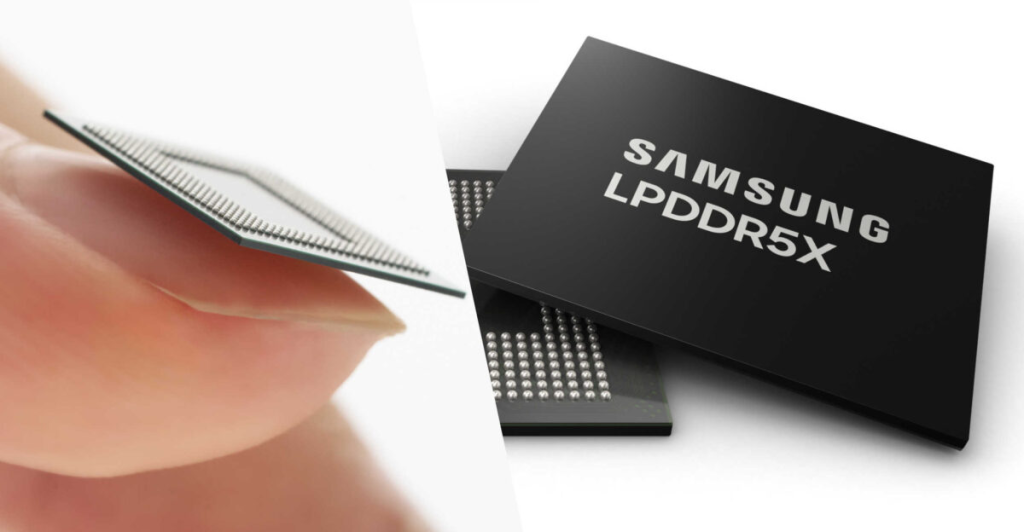As data demands surge, innovative solutions are key to unlocking AI’s full potential.

At this year’s Future of Memory and Storage show, Microchip, Micron, and Samsung showcased new memory solutions for the AI era, including SSD controllers and LPDDR5X DRAM.
At this year’s Future of Memory and Storage (FMS) conference, formerly known as the Flash Memory Summit, leading industry players like Microchip, Micron, and Samsung made exciting announcements. Each introduced memory devices that promise to enhance performance, capacity, and energy efficiency.

The demand for advanced memory and storage solutions is reaching new heights as smartphones, autonomous vehicles, and data centers face growing AI workloads. Here’s how the three companies addressed these challenges at the FMS conference.
Microchip’s Gen 5 SSD Controllers
Microchip recently introduced the Flashtec NVMe 5016, a high-performance PCIe Gen 5 Flash controller tailored for enterprise and data center applications. The 5016 is built on a flexible and programmable architecture, providing developers with precise control over NVMe SSD performance across various demanding workloads, including cloud computing, business-critical applications, and AI-driven data processing tasks.

This controller supports 16 independent Flash channels, compatible with a wide range of NAND technologies, including SLC, MLC, TLC, and QLC, and interfaces such as Toggle and ONFI at speeds up to 3,200 MT/s. With a power-optimized design, the controller leverages architectural and semiconductor advancements to deliver over 2.5 GB/W of data and up to 3.5 million random-read IOPS. It also supports the latest NVMe 2.0+ protocol and can achieve bandwidths exceeding 14 GB/s through a PCIe Gen 5 x4 or dual x2 host interface. To sustain these high rates while minimizing power consumption, the chip includes advanced power management features, such as automatic idling of processor cores and autonomous power reduction capabilities.
Microchip has also incorporated its advanced ECC engine into the 5016, utilizing both hard and soft decode LDPC techniques to ensure endurance and reliability for NAND Flash, including QLC. This is further enhanced by comprehensive data security and integrity features such as secure boot, dual signature authentication, encryption, and advanced key management.
Micron’s PCIe Gen 6 SSD
At this year’s Future of Memory Storage event, Micron announced and showcased its first PCIe Gen6 data center SSD.
While many details remain undisclosed, Micron has shared that the SSD is architecturally designed around its latest high-performance NAND Flash memory, paired with a high-bandwidth PCIe Gen6 interface. This combination enables the SSD to deliver exceptional data throughput for data-intensive applications, with sequential read bandwidths exceeding 26 GB/s. The new SSD’s ability to rapidly ingest and process large volumes of data makes it ideal for supporting AI tasks such as training large models and accelerating inference.

Beyond its impressive performance, Micron’s PCIe Gen6 SSD is also designed with power efficiency in mind. By optimizing the SSD’s power consumption, Micron aims to support more energy-efficient AI and computing solutions in power-hungry data centers. The SSD will also include advanced error correction and data protection mechanisms.
Samsung’s LPDDR5X DRAM
Samsung recently announced the mass production of its LPDDR5X DRAM, featuring architectural innovations like a four-layer stacking of 12 nm-class DRAM dies, resulting in an ultra-thin package height of just 0.65 mm. According to Samsung, this compact design improves thermal management and enhances heat resistance by approximately 21.2%.
The packaging utilizes advanced PCB and epoxy molding compound (EMC) processes to protect the semiconductor circuits from external factors such as heat and moisture. Additionally, Samsung’s optimized back-lapping process further reduces the package height.

The new solution delivers data processing speeds of up to 10.7 Gbps. In terms of power efficiency, it features full dynamic voltage frequency scaling (FDVFS) and low-frequency mode extension. These technologies together reduce power consumption by nearly 25% compared to previous versions, extending mobile device battery life and lowering the total cost of ownership by reducing carbon emissions.

The new DRAM modules are available in 12 GB and 16 GB capacities, with plans to expand to 24 GB and 36 GB modules in six-layer and eight-layer stacks in the future.
Storage for the Next Era of Computing
The SSD and DRAM solutions from Microchip, Micron, and Samsung highlight a cross-industry effort to advance the next era of computing. As emerging workloads such as AI, cloud computing, and autonomous vehicles push the limits of current storage and memory technologies, we can expect to see more vertical memory architectures, increased adoption of DDR5, reduced power consumption, and enhanced sustainability in manufacturing practices.